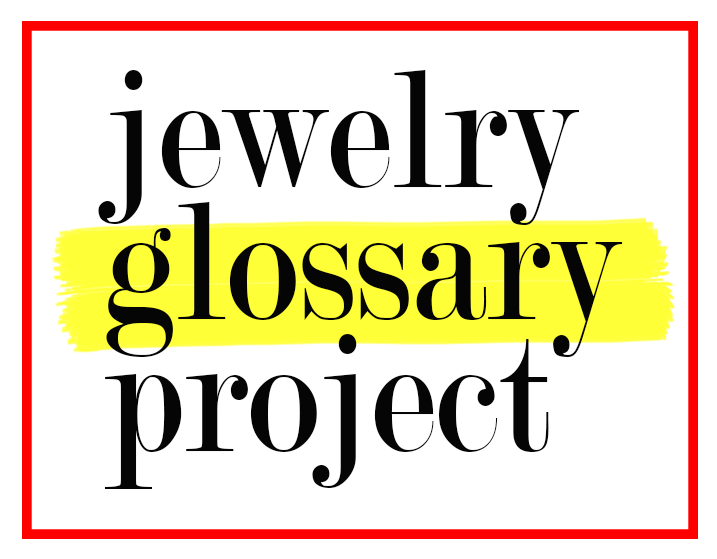DEFINITION: According to the Kimberley Process Certification Scheme (also known as The Kimberley Process, Kimberley, KPCS, and KP), conflict diamonds are ‘rough diamonds used by rebel movements or their allies to finance conflict aimed at undermining legitimate governments.’[1] The KP definition of ‘conflict diamonds’ excludes other recognized types of conflict that occur in diamond mining, cutting, and trading.
Conflict-free diamonds
DEFINITION: Diamonds reportedly* free of conflict as that word is defined by the Kimberley Process Certification Scheme (also known as The Kimberley Process, Kimberley, KPCS, and KP). The KP definition of ‘conflict diamonds’ excludes other recognized types of conflict that occur in diamond mining, cutting, and trading.
EXPLANATORY NOTE: The Kimberley Process Certification Scheme was established in 2003 in response to civil wars in diamond-producing countries via United Nations General Assembly Resolution 55/56.[2] The KP defines ‘conflict diamonds’ as ‘rough diamonds used by rebel movements or their allies to finance conflict aimed at undermining legitimate governments’ and attempts to exclude these diamonds from trade.[3]
*The term ‘reportedly’ is included to reflect that the KP maintains that all KP-compliant diamonds are free of ‘conflict’ per the official KP definition, despite instances of illegitimate KP certificates resulting from cross-border and international smuggling of rough diamonds from conflict-affected areas. These instances are documented by one pillar of KP’s tripartite structure, the KP Civil Society Coalition.[5]
1. 2013 KPCS Core Document Amended, p.3, https://www.kimberleyprocess.com/en/kpcs-core-document-version-2016-0, 2017
2. United Nations General Assembly, Resolution 55/56 The role of diamonds in fuelling conflict: breaking the link between the illicit transaction of rough diamonds and armed conflict as a contribution to prevention and settlement of conflicts, https://undocs.org/en/A/RES/55/56, January 29, 2001
3. 2013 KPCS Core Document Amended, p.3, https://www.kimberleyprocess.com/en/kpcs-core-document-version-2016-0, 2017
4. KP Civil Society Coalition, Real Care is Rare, https://www.kimberleyprocess.com/fr/system/files/documents/report-real-care-is-rare-final-web.pdf, September 2019
IMPACT, False Consumer Confidence in Diamonds: Decline of Credibility in the Kimberley Process, p. 1, https://impacttransform.org/wp-content/uploads/2017/12/False-Consumer-Confidence-in-Diamonds.pdf, December 2017
Human Rights Watch, Human Rights Watch Statement on the Kimberley Process, https://www.hrw.org/news/2016/06/06/human-rights-watch-statement-kimberley-process#, June 6, 2016
5. KP Civil Society Coalition, A Guide to the Kimberley Process, https://impacttransform.org/wp-content/uploads/2018/03/A-Guide-to-the-Kimberley-Process-2015.pdf 2nd ed. 2015
